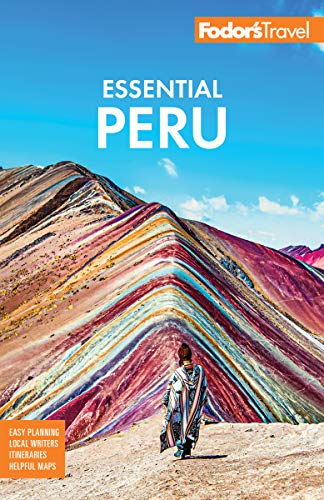Life in the Andes
This region of the Andes has sustained some 12,000 years of cultural development, from Guitarrero Cave through the Chavín, Huari, and Inca cultures to the present day.
The highland puna has been the breadbasket for countless generations of Andean communities. Fertile glacial plains and mineral-rich rivers provide the nutrients for the rigorous growing cycles of traditional highland crops such as potatoes, and lower elevations allow the production of grains, including quinoa, oats, barley, wheat, and corn. The region also provides pasture for wild and domestic herds of llamas, alpacas, and vicuñas. Various species of birds and waterfowl also inhabit the area, and sightings of the enormous condor are possible.
To this day, traditional life remains a struggle. Indigenous populations continue to eke a meager existence from the land while attempting to keep up with the rapidly changing face of a modernizing Peru. Increasingly, young people are moving away from traditional life to find employment in the cities, mines, or Peru's booming tourism industry.




